Selecting VCOs for Clock Timing Circuits – A System Perspective
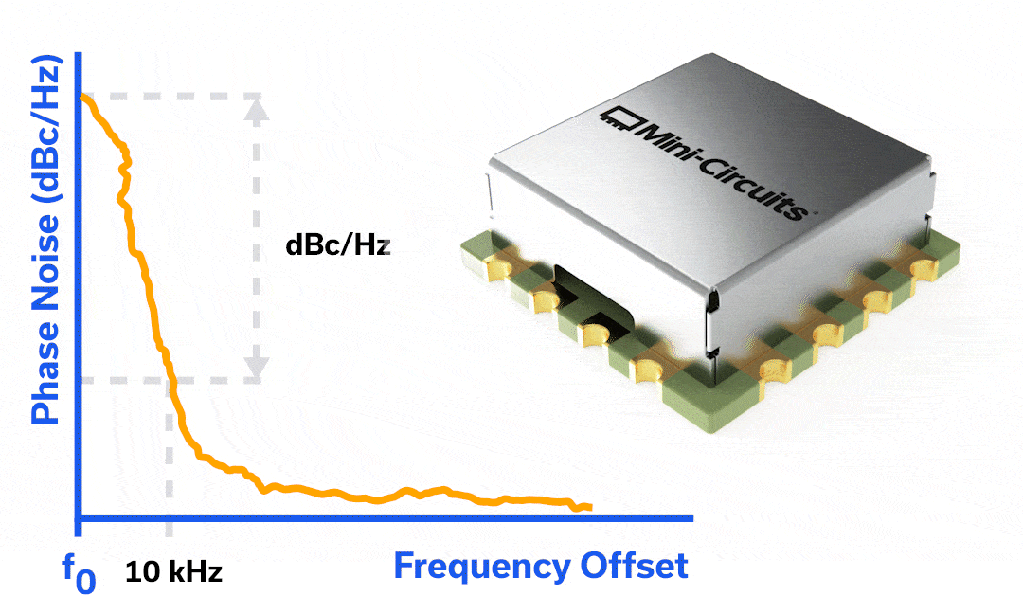
Timing is critical in digital systems, especially in electronic systems that feature high-speed data converters and high-resolution sampling. A clock source is the “timekeeper” and the system performance depends upon the effectiveness of this component. For some system designers, implementing a clock source automatically means using a crystal oscillator, typically a single-frequency source. But other designers, especially those tasked with synchronizing systems at multiple clock frequencies, have learned to appreciate the flexibility of using voltage-controlled oscillators (VCOs) as clock sources.
BOOST YOUR KNOWLEDGE: A COMPREHENSIVE GUIDE TO RF LIMITERS – TYPES AND APPLICATIONS EXPLAINED
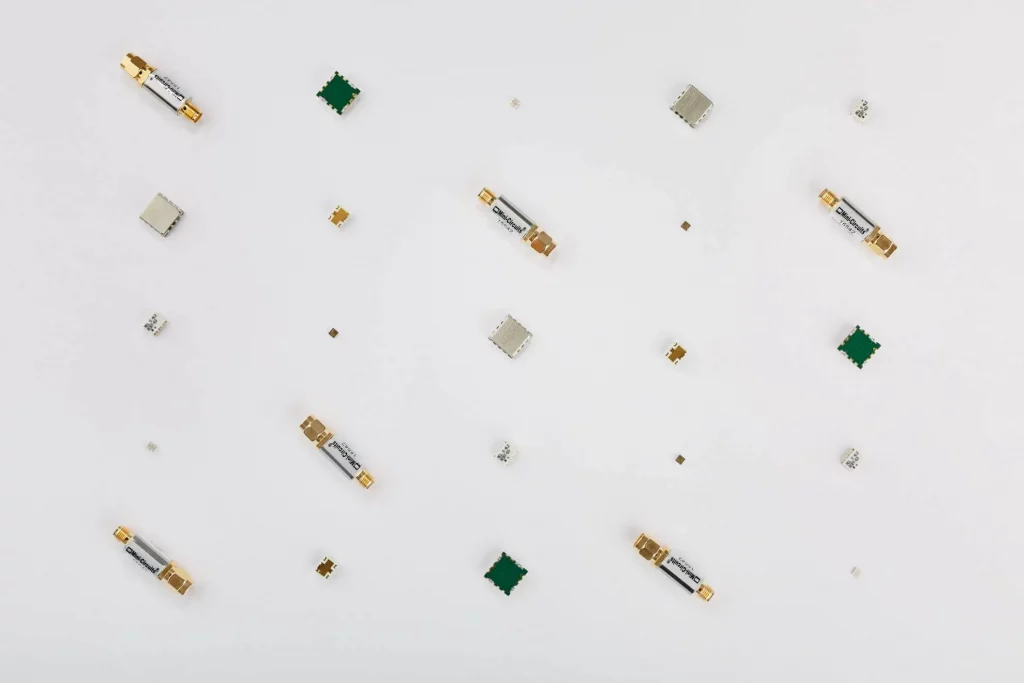
Radio frequency (RF) limiters are electronic circuits used in RF communication systems to protect sensitive components from excessive RF power levels. Limiters are used to prevent damage to sensitive components, such as amplifiers and mixers, and to improve the overall performance of the system. In this blog, we will discuss the different types of RF limiters and their use.
Fast-Switching GaAs Switches Are a High-Performance, Low-Cost Alternative to SOI
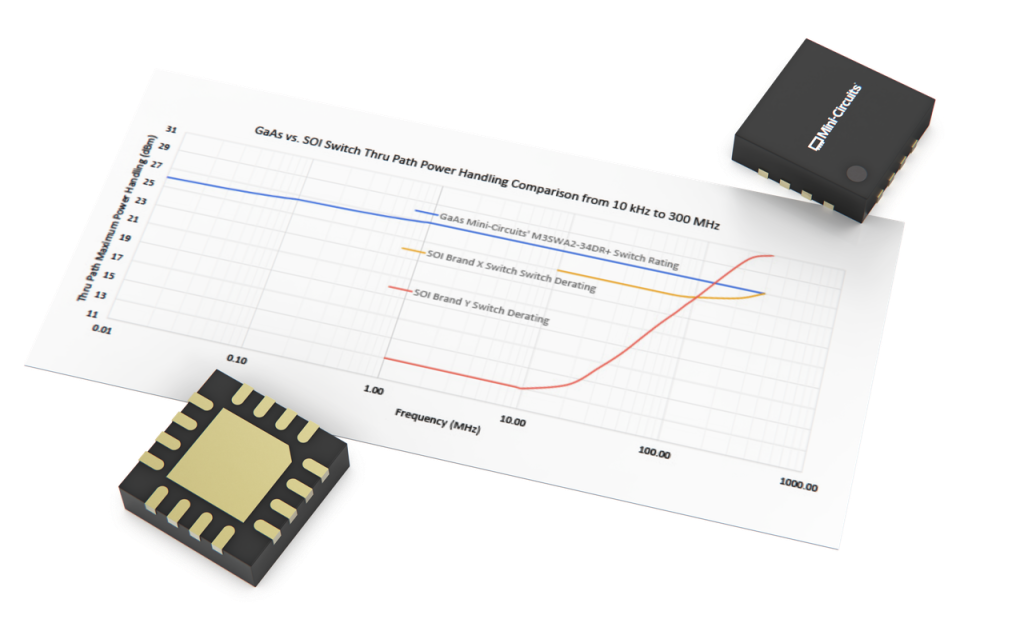
A mistaken belief has arisen in recent years that SOI has somehow taken over as the prevailing technology for fast RF switch applications, but not so fast! Mini-Circuits’ recent introduction of the M3SWA2-63DRC+ and the M3SWA2-34DR+ ultrafast, absorptive RF switches has given cause for designers to reconsider their switch choices. Designers are discovering that it is no longer necessary to bear the expense of an SOI switch just to get the speed they need.
In this application note, we perform a comprehensive, side-by-side, parametric comparison of the Mini-Circuits’ wideband GaAs MMIC M3SWA2-34DR+ switch to two SOI competitive offerings. This comparison leads us to the conclusion that there is no reason to take your foot off the GaAs.
Measurement of Amplifier Additive Phase Modulation Noise (APM)
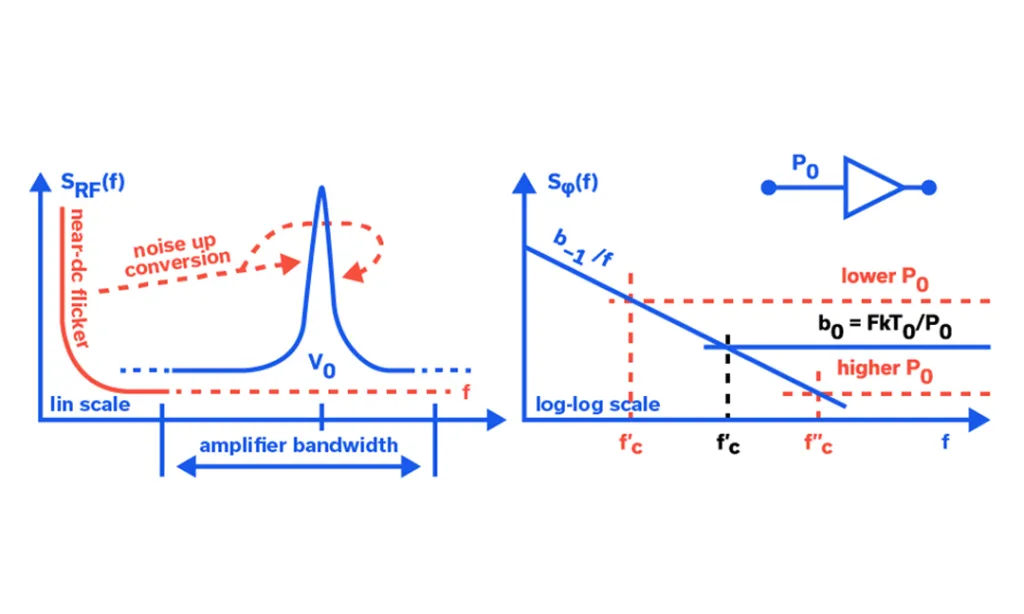
In our efforts to properly characterize the Additive Phase Modulation Noise (APM) and Additive Amplitude Modulation Noise (AAM) performance of MMIC amplifiers in our labs, Mini-Circuits is careful to consider the performance capabilities and limitations of our phase noise analyzer and test setup (see Figure 4). Both APM and AAM performance can be dependent upon the analyzer’s internal signal source carrier frequency, power level, and, importantly, the phase length from signal source output to RF input, so great care must be taken to optimize these parameters.
BOOST YOUR KNOWLEDGE A COMPREHENSIVE GUIDE TO RF IMPEDANCE MATCHING PADS – TYPES AND APPLICATIONS EXPLAINED
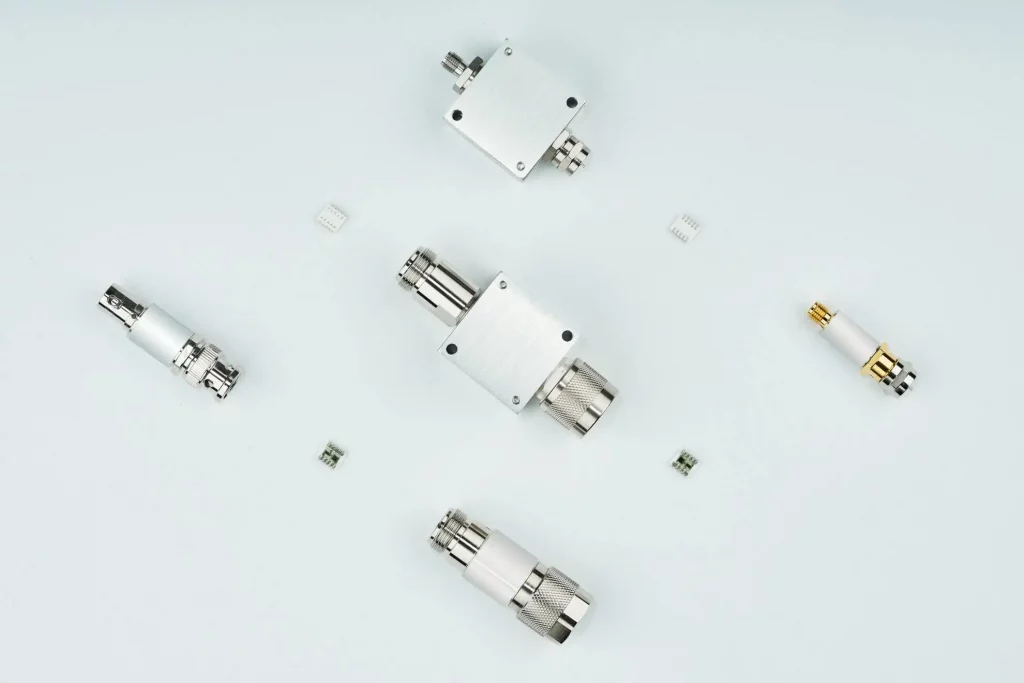
Radio frequency (RF) impedance matching pads are electronic circuits used in RF communication systems to match the impedance of two different components or circuits. Impedance matching is critical to ensure maximum power transfer and signal integrity in RF systems. In this article, we will discuss the different types of RF impedance matching pads and their use.
Frequency Modulation Fundamentals
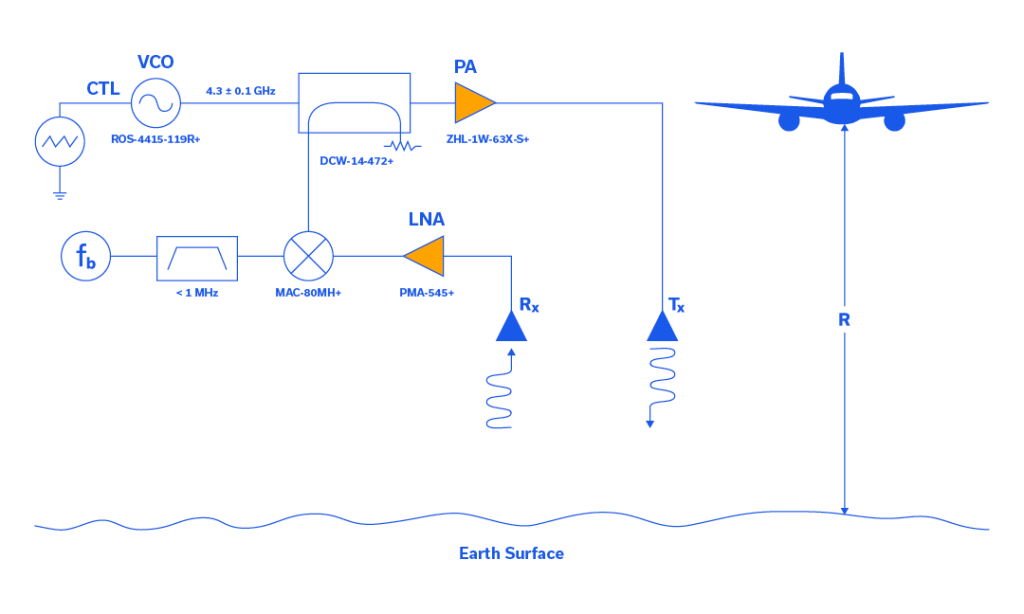
In the 1920s, many brilliant scientists applied themselves to the study of frequency modulation (FM). One of these scientists was a communications systems theorist who worked for AT&T named John Renshaw Carson. Carson performed a comprehensive analysis of FM in his 1922 paper which yielded the Carson bandwidth rule.1 Carson was so convinced that FM was not a suitable solution to the static found in AM transmission systems that he once remarked, “Static, like the poor, will always be with us.”2
Beginning in 1923, in Columbia University’s Marcellus Hartley Research Laboratory, in the basement of Philosophy Hall, a driven genius in electronic circuitry named Edwin Howard Armstrong set out to reduce static through the use of FM. After approximately 8 years of toil, Armstrong had a brainstorm and decided to challenge the assumption that the FM transmission bandwidth had to be narrow to keep noise low. After painstakingly designing this new FM system, with as many as 100 tubes spread over several tables in the laboratory, “[Armstrong] was able to prove that wideband FM made possible a drastic reduction of noise and static.”3 Armstrong was issued patent number US1941069A, which specifically addresses noise suppression in wideband FM, on December 26, 1933, along with three additional patents for FM that same day.
BOOST YOUR KNOWLEDGE: A COMPREHENSIVE GUIDE TO RF FREQUENCY MULTIPLIERS – TYPES AND APPLICATIONS EXPLAINED
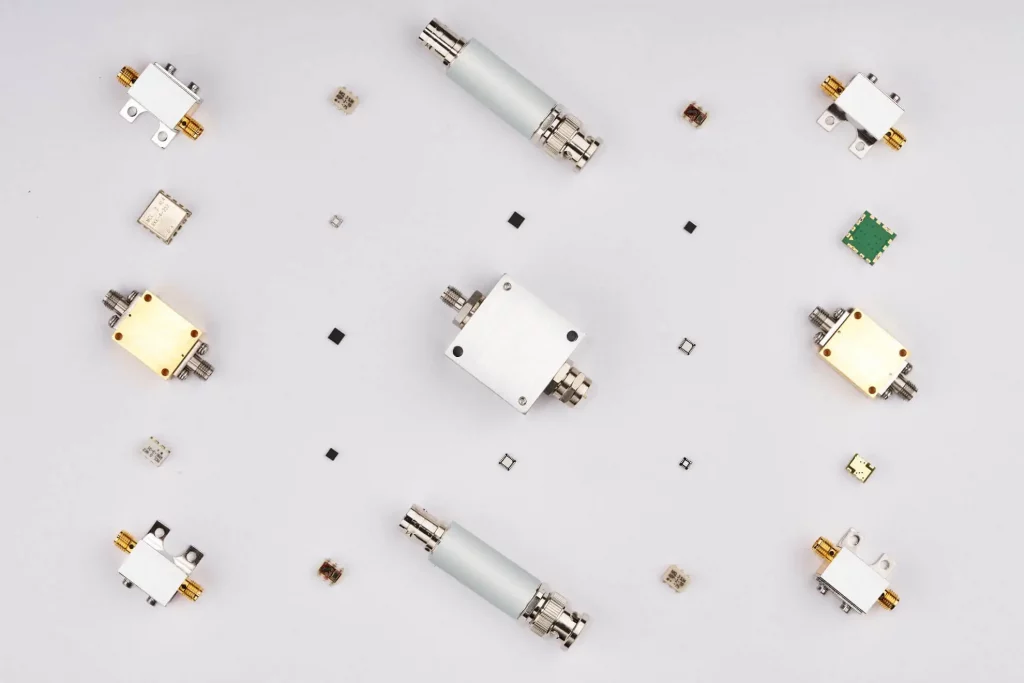
RF frequency multipliers are electronic devices that are used to generate a new signal with a frequency that is a multiple of the input signal frequency. These devices are used in a wide range of applications, including wireless communication systems, test and measurement equipment, and RF circuit design. RF frequency multipliers can also be used to generate new frequencies for use in modulation or demodulation, or to improve the sensitivity of a system by amplifying a specific frequency range.
The Basics of Orthogonal Frequency-Division Multiplexing (OFDM)
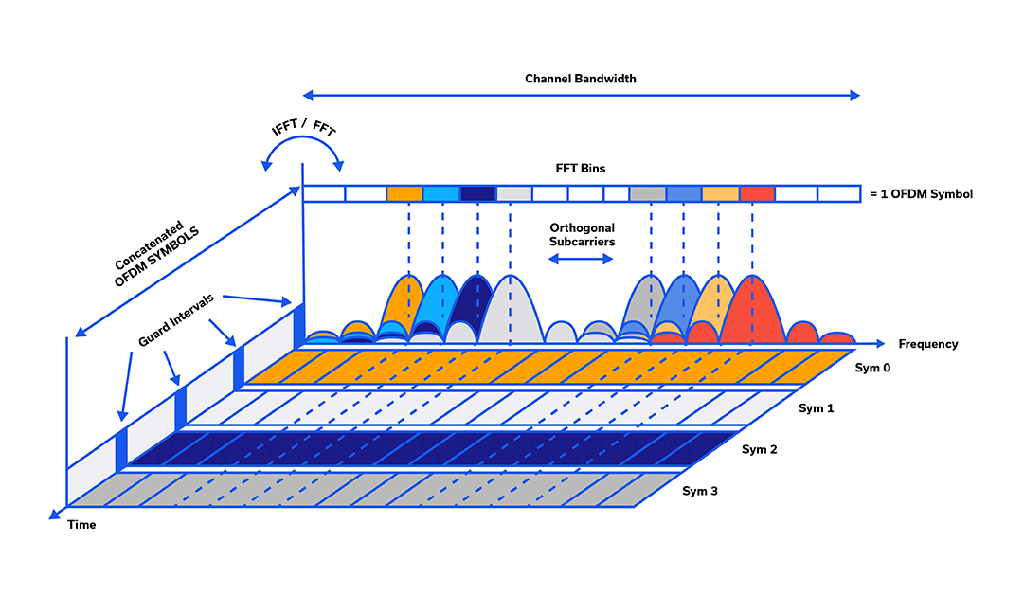
While traditional Frequency Division Multiplexing has been around for over 100 years, Orthogonal Frequency Division Multiplexing (OFDM) was first introduced by Robert W. Chang of Bell Laboratories in 1966.1,2,3,4 In OFDM, the stream of information is split between many closely-spaced, narrowband subcarriers instead of being relegated to a single wideband channel frequency.5 Single-channel modulation schemes tend to be sequential whereas, in OFDM, many bits can be sent in parallel, simultaneously, in the many subcarriers.5 So many bits can be packed onto the subcarriers simultaneously that the data rate of each subcarrier’s modulation can be much lower than that of a single-carrier architecture.
LTCC High Pass Filters for mmWave
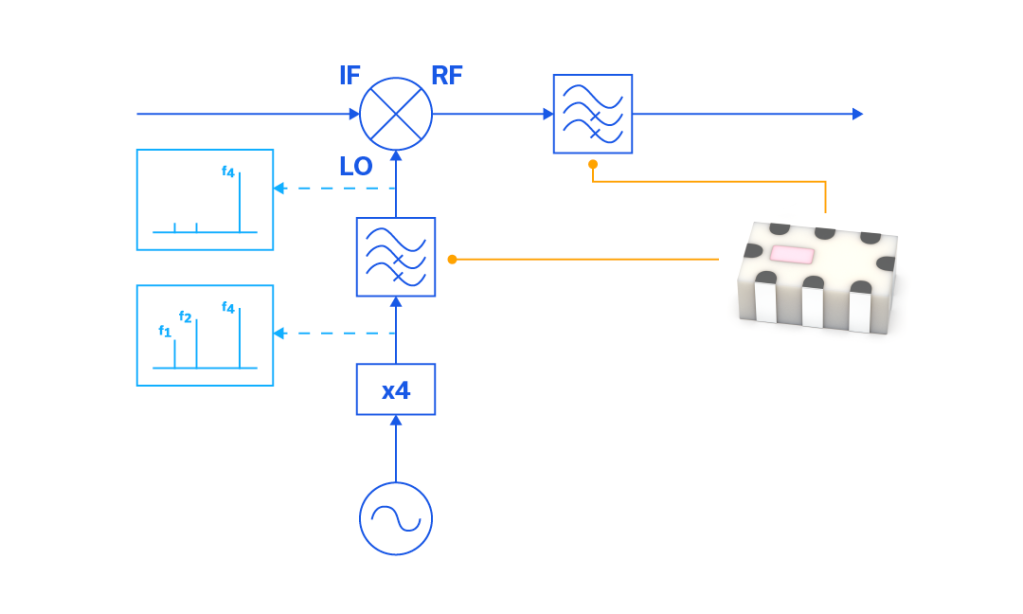
Mini-Circuits has introduced new high pass filters that achieve breakthrough performance for Q-band and lower V-band applications up to 58 GHz. The HFCQ, HFCN, and HFCV LTCC filters offer a combination of low insertion loss, high return loss, excellent rejection, small size, cost-effectiveness, repeatability, ruggedness and reliability. These filters enable designers to cover filter blocks with traditional SMT technology versus more exotic solutions. Key benefits include smaller footprint compared to stripline filters, repeatable performance suited for volume production, and robustness. The filters simplify designs for applications like 5G FR2 and satellite communications. Mini-Circuits’ latest LTCC high pass filters set a new standard for electrical performance and ease of implementation in demanding mmWave systems.
MMIC Package Customization – Footprint-Compatible Solutions for Your System
MMIC Package Customization – Footprint-Compatible Solutions for Your System Obsolescence Management and EOL Part Replacement LTB (Last Time Buy) and EOL (End of Life) are among the most unwelcome acronyms in the ranks of Procurement and Engineering. Component obsolescence saddles customers with the burden of tying cash up in inventory on their balance sheet, or […]





